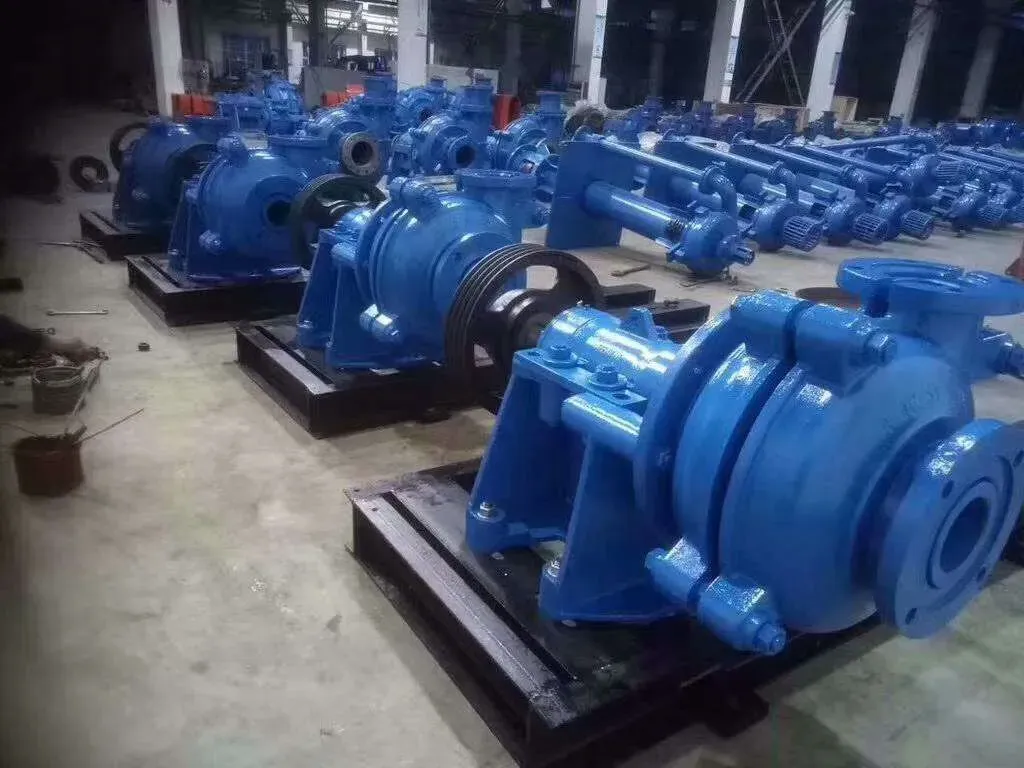English
- Afrikaans
- Albanian
- Amharic
- Arabic
- Armenian
- Azerbaijani
- Basque
- Belarusian
- Bengali
- Bosnian
- Bulgarian
- Catalan
- Cebuano
- Corsican
- Croatian
- Czech
- Danish
- Dutch
- English
- Esperanto
- Estonian
- Finnish
- French
- Frisian
- Galician
- Georgian
- German
- Greek
- Gujarati
- Haitian Creole
- hausa
- hawaiian
- Hebrew
- Hindi
- Miao
- Hungarian
- Icelandic
- igbo
- Indonesian
- irish
- Italian
- Japanese
- Javanese
- Kannada
- kazakh
- Khmer
- Rwandese
- Korean
- Kurdish
- Kyrgyz
- Lao
- Latin
- Latvian
- Lithuanian
- Luxembourgish
- Macedonian
- Malgashi
- Malay
- Malayalam
- Maltese
- Maori
- Marathi
- Mongolian
- Myanmar
- Nepali
- Norwegian
- Norwegian
- Occitan
- Pashto
- Persian
- Polish
- Portuguese
- Punjabi
- Romanian
- Russian
- Samoan
- Scottish Gaelic
- Serbian
- Sesotho
- Shona
- Sindhi
- Sinhala
- Slovak
- Slovenian
- Somali
- Spanish
- Sundanese
- Swahili
- Swedish
- Tagalog
- Tajik
- Tamil
- Tatar
- Telugu
- Thai
- Turkish
- Turkmen
- Ukrainian
- Urdu
- Uighur
- Uzbek
- Vietnamese
- Welsh
- Bantu
- Yiddish
- Yoruba
- Zulu
Telephone: +86 13120555503
Email: frank@cypump.com
Oct . 03, 2024 11:29 Back to list
sump slurry pump
Understanding Sump Slurry Pumps
Sump slurry pumps are vital components in various industrial applications, specifically designed to handle abrasive and corrosive slurries often found in mining, wastewater treatment, and other heavy-duty industries. These pumps are built to manage mixtures of water and solid particles effectively, ensuring efficient transportation and removal of unwanted materials from sumps and other collection points.
Key Features of Sump Slurry Pumps
One of the primary features of sump slurry pumps is their robust construction. Typically made from high-chrome alloy or rubber-lined materials, these pumps can withstand the harsh conditions associated with slurries, including high friction and varying pH levels. The impellers of these pumps are usually designed to be semi-open or closed, allowing for the handling of larger solid particles without clogging. This design is crucial, as it reduces the maintenance needs and downtime associated with pump failures.
Another significant feature is the pump's hydraulic design, which optimizes the flow of slurry. Manufacturers often use advanced computational fluid dynamics (CFD) modeling to design the pump components, ensuring maximum efficiency and minimal energy loss. This attention to detail results in pumps that not only operate efficiently but also have a longer lifespan compared to standard pumps.
Applications of Sump Slurry Pumps
sump slurry pump

Sump slurry pumps find applications in various sectors. In mining, they are used to pump slurry from the mining process, helping to transport minerals mixed with water. In construction, these pumps are critical for dewatering areas where excavation occurs, ensuring that excess water and accompanying slurries are effectively removed. In wastewater treatment facilities, sump slurry pumps help in the transfer of sludge and other byproducts, facilitating cleaner and more efficient processing.
Challenges and Maintenance
Despite their durability, sump slurry pumps are not without challenges. Abrasive slurries can lead to wear and tear on pump components, necessitating regular maintenance checks. Operators must monitor for signs of wear, such as reduced flow rates or increased vibration, which may indicate that parts like impellers or casing need replacement. Furthermore, ensuring proper installation and alignment is crucial to prevent premature failure.
Conclusion
In summary, sump slurry pumps play an essential role in managing challenging slurry situations across various industries. Their specialized construction and design make them an optimal choice for handling abrasive materials, ultimately leading to more efficient operations. By investing in quality sump slurry pumps and conducting regular maintenance, industries can ensure smooth, uninterrupted processes, safeguarding their bottom line while promoting operational efficiency.
-
Horizontal Split Case Pump with GPT-4 Turbo | High Efficiency
NewsAug.01,2025
-
ISG Series Pipeline Pump - Chi Yuan Pumps | High Efficiency, Durable Design
NewsAug.01,2025
-
Advanced Flue Gas Desulfurization Pump with GPT-4 Turbo | Durable & Efficient
NewsJul.31,2025
-
ISG Series Vertical Pipeline Pump - Chi Yuan Pumps | Advanced Hydraulic Design&Durable Construction
NewsJul.31,2025
-
ISG Series Vertical Pipeline Pump - Chi Yuan Pumps | Energy Efficient & Low Noise
NewsJul.31,2025
-
pipeline pump - Chi Yuan Pumps Co., LTD.|High Efficiency&Low Noise
NewsJul.31,2025










